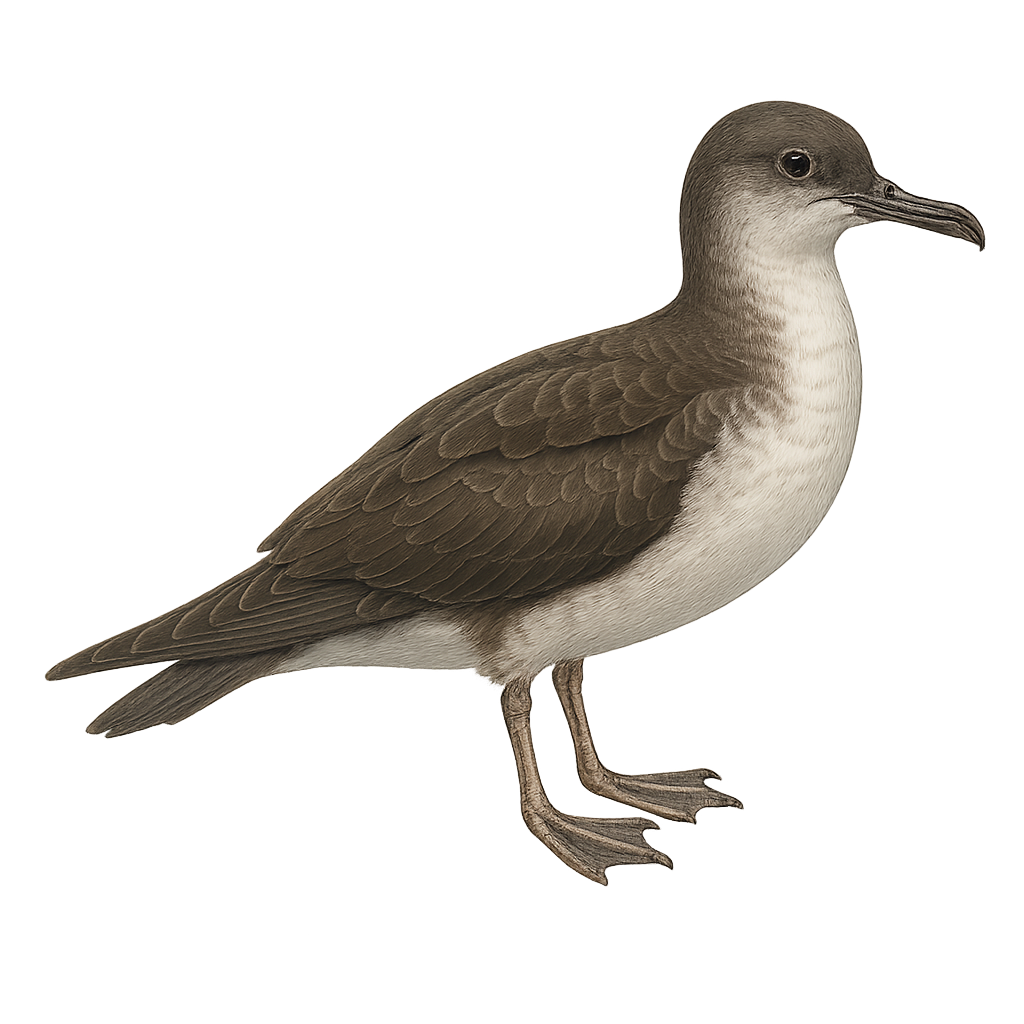Your wildlife photography guide.
Explore the balearic shearwater in detail, study its behavior, prepare your shots.
Where to observe and photograph the balearic shearwater in the wild
Learn where and when to spot the balearic shearwater in the wild, how to identify the species based on distinctive features, and what natural environments it inhabits. The WildlifePhotographer app offers tailored photography tips that reflect the balearic shearwater’s behavior, helping you capture better wildlife images. Explore the full species profile for key information including description, habitat, active periods, and approach techniques.
Balearic Shearwater
Scientific name: Puffinus mauretanicus

IUCN Status: Critically Endangered
Family: PROCELLARIIDAE
Group: Birds
Sensitivity to human approach: Suspicious
Minimum approach distance: 10 m
Courtship display: February to March
Incubation: 50-54 jours
Hatchings: March to May
Habitat:
Marine areas, rocky coasts
Activity period :
Mainly active at night, generally discreet during the day.
Identification and description:
The Balearic Shearwater, Puffinus mauretanicus, is a seabird endemic to the Balearic Islands. It is characterized by its dark brown plumage on top and lighter underneath, with long, narrow wings adapted for gliding over waves. Measuring about 30 to 40 cm in length with a wingspan of 75 to 90 cm, it is perfectly adapted to life at sea. This bird primarily feeds on fish and cephalopods, which it captures by diving underwater. Unfortunately, the Balearic Shearwater is critically endangered due to predation by introduced species, marine pollution, and overfishing, which reduces its food resources.
Recommended lens:
400 mm – adjust based on distance, desired framing (portrait or habitat), and approach conditions.
Photography tips:
To photograph the Balearic Shearwater, opt for sea trips early in the morning or late afternoon when the light is soft and flattering. Use a telephoto lens of at least 400mm to capture precise details without disturbing the bird. Be patient and wait for the bird to approach the boat for close-up shots. Consider using a tripod or monopod to stabilize your camera, especially in rough seas.
The WildlifePhotographer App is coming soon!
Be the first to explore the best nature spots, track rutting seasons, log your observations, and observe more wildlife.
Already 1 432 wildlife lovers subscribed worldwide

